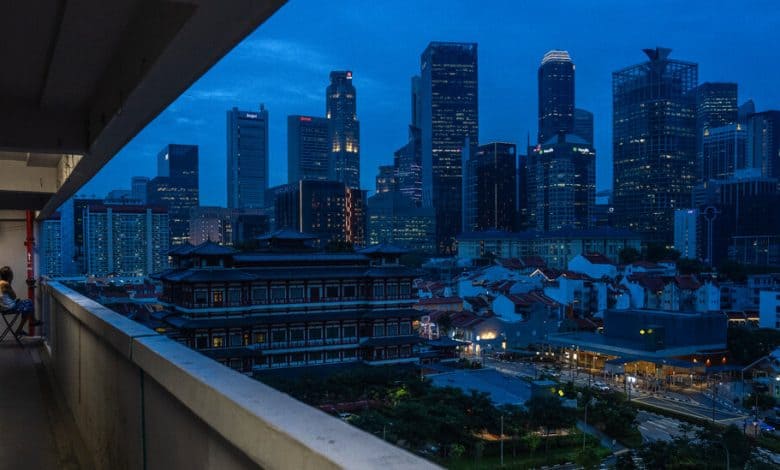Where Public Housing Apartments Can Go for More Than $1 Million

Six decades ago, when Singapore was emerging as an independent nation, it was one of the poorest cities in Southeast Asia. Three out of four residents lived in overcrowded and filthy slums. The ramshackle houses had tin walls and were known as squatters.
Today, Singapore is a wealthy, modern city where roughly half of its 6 million people live in well-constructed high-rise apartments that were built by the government. These subsidized apartments are typically bright and airy, and defy most perceptions of public housing projects. Most are effectively owned by their occupants, a testament to their affordability.
But over the past 15 years, prices in the secondary market have soared 80 percent. As of early May, 54 of these apartments have sold for more than 1.35 million Singaporean dollars, or $1 million. They are sought after because they are spacious, in good locations, and are still cheaper than private condominiums of a similar size.
While these million-dollar apartments represent a tiny fraction of all transactions, they have nonetheless captured the imaginations of many Singaporeans and amplified worries about the affordability of housing in one of the world’s most expensive cities. Some residents are also anxious that the values of their apartments will drop because the units are sold on a 99-year lease and eventually have to be returned to the government.
Here’s what you need to know about Singapore’s public housing system.

A display from March shows the Housing and Development Board’s future public housing plans and model houses for new flats.
